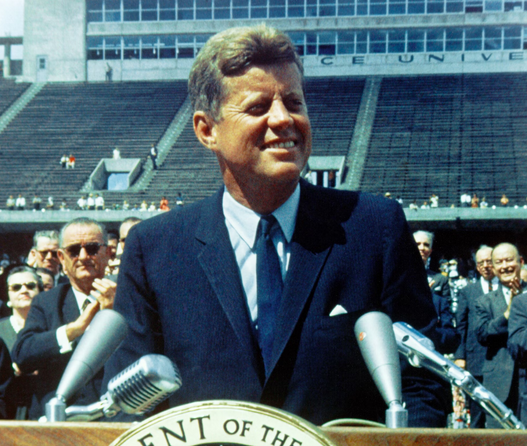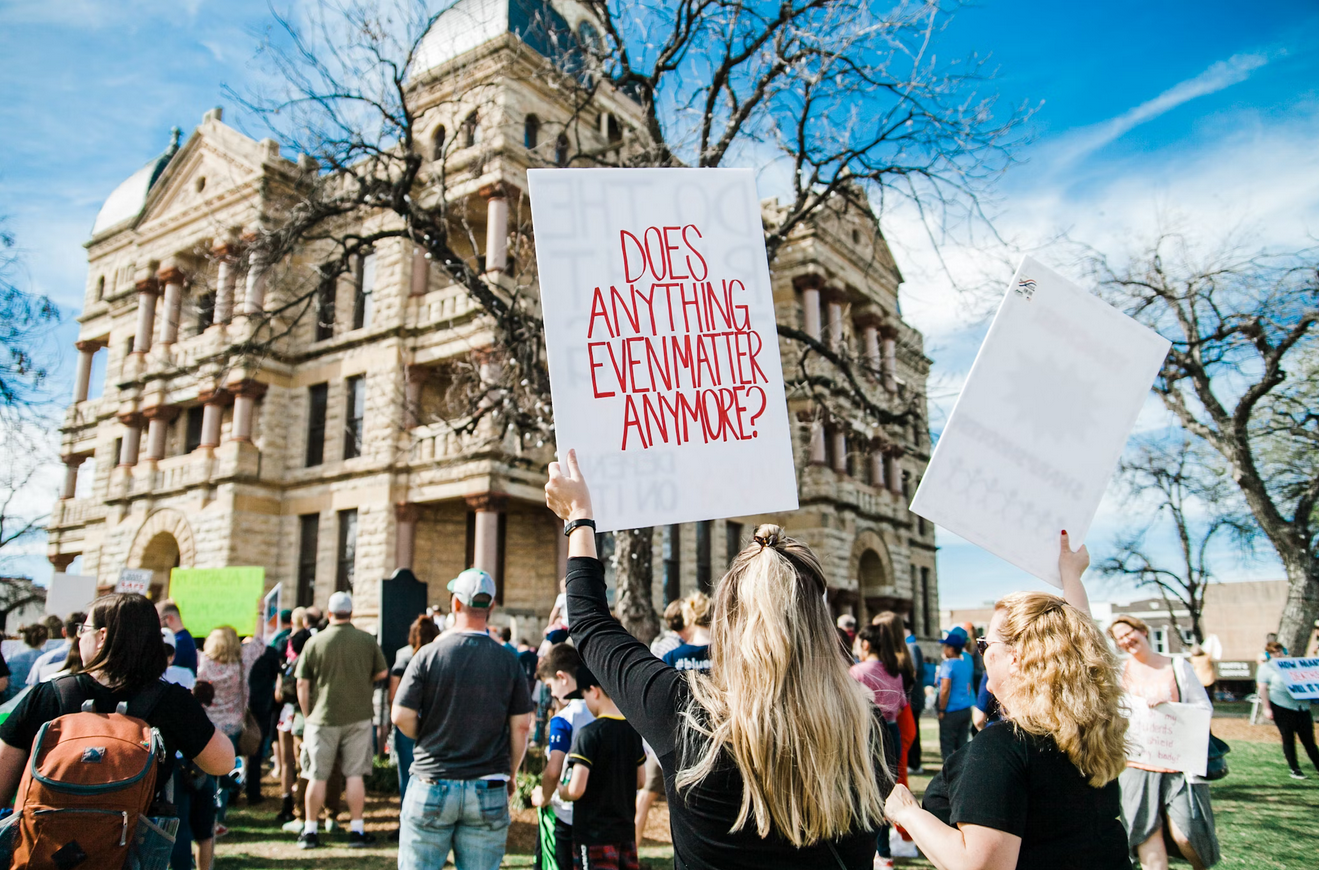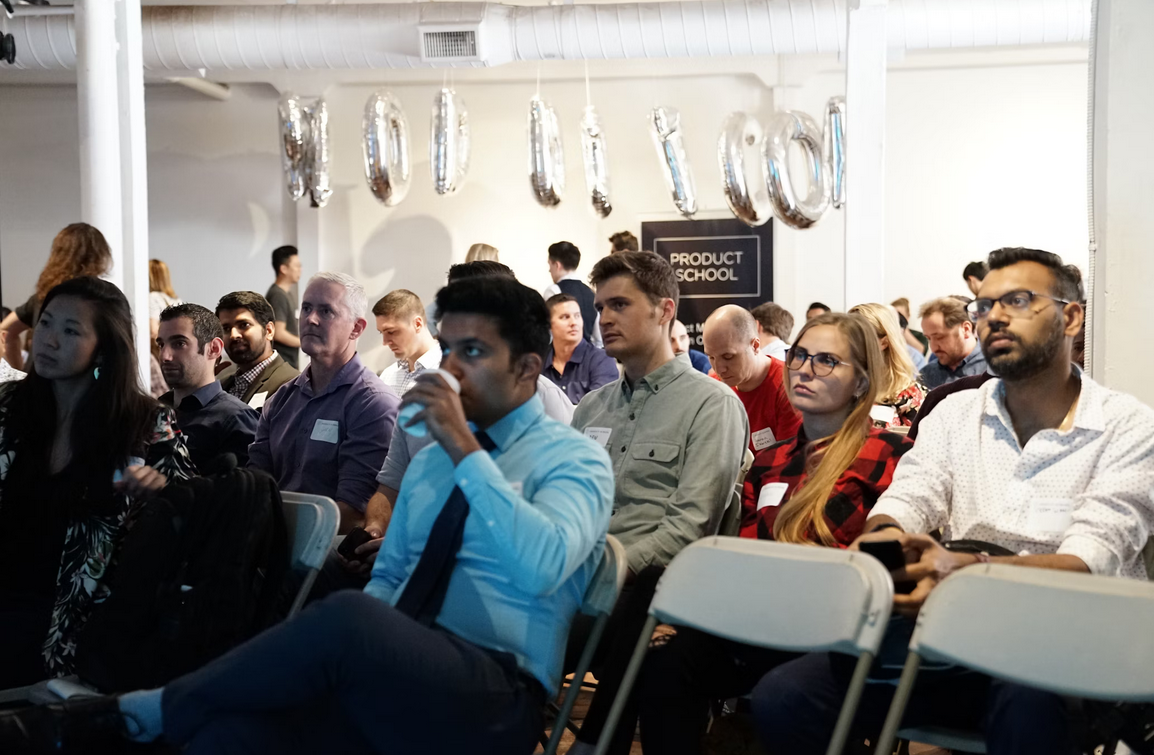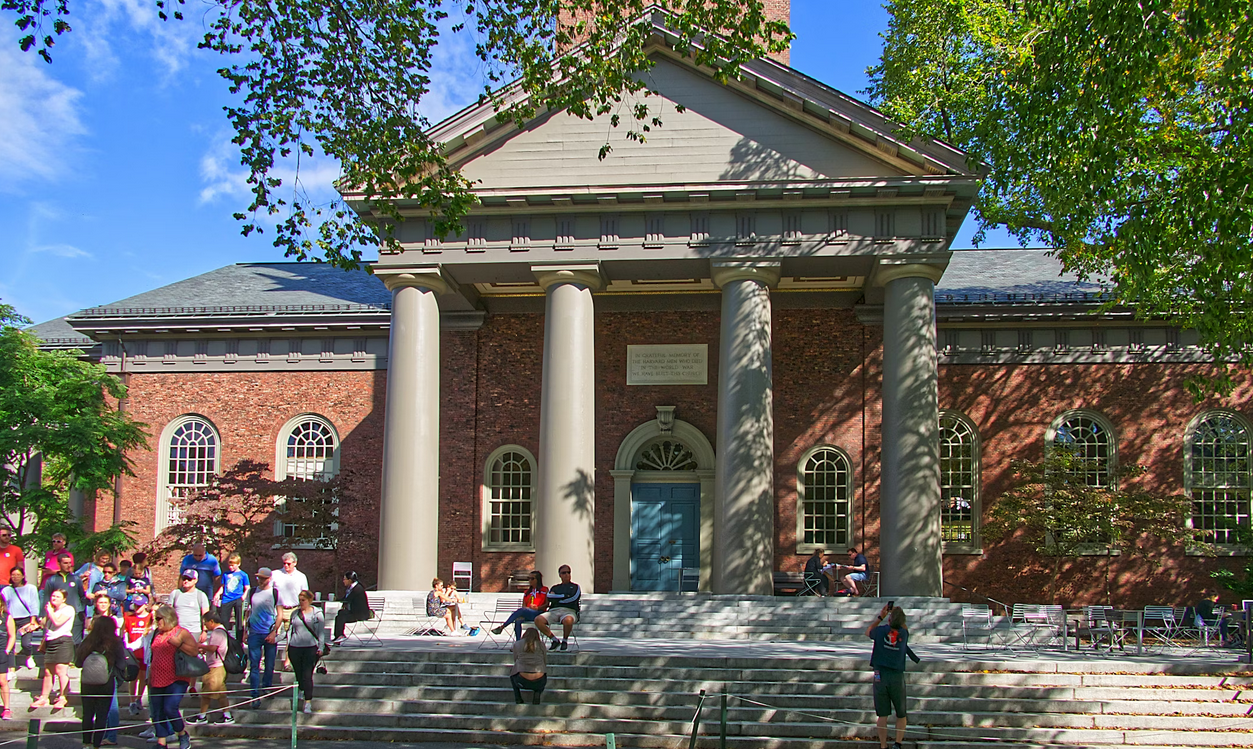
Experienced UIUC graduate student specializing in Math, Computer Science, and Writing
Availability:
Every day, 10:00am-10:00pm PST
Subjects:
Math
Computer Science
Writing
The Rise and Fall of Affirmative Action
Last Updated:

- Applications to the Ivy League schools plus M.I.T, Duke University, University of Chicago, and Stanford have tripled since 2002 to almost 600,000 total
- As some universities drop standardized testing and students go to elite prep programs to get high scores, students will have to stand out based on essays and extracurricular activities
- Even though fewer jobs require four-year degrees and state schools are great, top schools still draw the most attention from researchers and innovative companies
As a tutor, I get asked many questions about my perspective on the college admissions process from both parents and students, and affirmative action is among the most prevalent concerns I’ve seen. The issue represents a complicated intersection of competition for economic opportunities and models of social justice.
Americans have a nuanced perspective here. While 62% favored affirmative action programs for racial minorities in 2021, only 33% approved of considering race and ethnicity in admissions decisions. An even smaller number, 24%, favored using race and ethnicity in hiring decisions or promotions.
In other words, Americans like diversity, but they don’t want it to come at the cost of their own opportunities.
Similarly, around the Tri-Valley region, there are a lot of high-performing students and their families with a strong motivation to get every inch of advantage they possibly can for college and their careers. Even those who usually favor diversity and equity initiatives start to get uncomfortable at the idea that race, gender, or another aspect of their identity might be explicitly considered in a legally-sanctioned process. Yet, many college essays I’ve reviewed featured personal connections to a culture as a source of motivation for students.
After the Supreme Court decision in 2023 to ban affirmative action nationwide in college admissions, some families felt relief that being from an overrepresented community wouldn’t count against them. Others from underprivileged communities grew even more worried about securing opportunities without the same network and resources as others. It’s no secret that public schools are struggling with funding across the board and private educational services often exploit the fear of parents with high prices.
Some states — including California — have had bans on affirmative action for a while, but some colleges have been creative in still trying to identify students with a lower socioeconomic status or promote diversity through outreach initiatives. With the nationwide ban now in place, there are a few possible outcomes we can consider.
What are the origins of affirmative action?
Affirmative action wasn’t initially framed in terms of diversity. During the 1960s Civil Rights Movement, systemic discrimination prevented racial minorities and women from access to education and employment opportunities, and affirmative action was seen as a necessary step to level an unfair playing field.
The Eisenhower administration’s Committee on Government Contracts found that one of the key problems behind systemic discrimination is “the indifference of employers to establishing a positive policy of nondiscrimination hinders qualified applicants and employees from being hired and promoted on the basis of equality.” They believed that this indifference was a much greater problem than “overt discrimination.”
Here’s a quick timeline of the development of affirmative action:
In 1961, President John F. Kennedy signed Executive Order 10925, which was the first piece of government policy to mandate that any federal contractor should take affirmative action “to ensure that applicants are treated equally without regard to race, color, religion or national origin.”
In 1964, the Civil Rights Act prohibited discrimination by all large employers and created the Equal Employment Opportunity Commission. Problematically, this also meant that certain initiatives that specified the race of underrepresented groups in their outreach were limited. 70% of Americans approved of the Act.
In 1965, President Lyndon B. Johnson signed Executive Order 11246, establishing the Office of Federal Contract Compliance to enforce the requirement that “federal contractors not discriminate in employment and take affirmative action to ensure equal opportunity based on race, color, religion, and national origin.”
In 1971, President Richard M. Nixon amended Kennedy’s order to include gender (sex).
In 1973, the Rehabilitation Act required government agencies to submit affirmative action plans to the EEOC for individuals with disabilities.
What were some of the outcomes of affirmative action?
In 1955, only 4.9% of college students were black. By 1990, following waves of affirmative action protocols, that number rose to 11.3%.
In 1976, the rate of Hispanic students who chose to go to college after graduating high school exceeded the rate of white students who chose the same.
Between 1974 and 1980, the employment of women among contractors using federal affirmative action policies rose 20% instead of the 2% in businesses that weren’t subject to those requirements. Interestingly enough, the Reagan administration did not release this information to the public.
What were the early negative reactions to affirmative action?
Affirmative action has been controversial since it was implemented, and the arguments on both sides haven’t changed much. There have been numerous challenges through the court system to argue about equality at the Constitutional level instead of the policy level, as well as a lot of reluctance from organizations to implement plans in good faith. Nixon once said that getting affirmative action passed was the easiest part; enforcing it proved to be difficult.
Here are a handful of cases that resisted affirmative action initiatives:
In 1967, the Department of Labor found that government contractors in the Philadelphia construction industry were excluding minorities from employment. It issued the Philadelphia Plan in 1969 to require contractors to meet certain targets for minority employee hiring based on Johnson’s executive order, which then extended to other cities as well. The Contractors Association of Eastern Pennsylvania challenged both the plan and the executive order, claiming that it violated the Civil Rights Act to promote minority candidates, but the US Third Circuit Court rejected their efforts.
In 1970, the State of Alabama was found to never have hired a single black trooper in its 37-year state patrol history. A federal district court provided the state with a set of guidelines to improve the situation, including an order for a program to recruit minority applicants. Yet, 18 months later, not a single black trooper was hired. The district court tried again, mandating that the state hire one black trooper for each white trooper it hired, which finally led to 105 hirings.
In 1979, only 4% of the entry-level officers in the San Francisco Police Department were women. The Department of Justice sued the City for discrimination, which led to an affirmative action plan that increased the share of women to 14.5% by 1985.
Many of these early court challenges to resist calls for affirmative action failed until Regents of the University of California v. Bakke, which imposed a serious limitation to using quotas in the name of affirmative action.
Sometimes, organizations have chased affirmative action targets in roundabout ways.
About two-thirds of the black population at Harvard in 2004 were immigrants or descendants of recent arrivals and mixed-race students with one black parent, meaning that the originally disenfranchised African-American population that affirmative action was designed to help didn’t receive many benefits from the policy. Instead, similar to Asian-American communities, skilled immigrants were brought over from other countries, and they had the means to raise highly competitive students.
This pattern was repeated with UC Berkeley, Stanford, Yale, Columbia, Duke, University of Pennsylvania, and Georgetown.
What was the first serious challenge to affirmative action in education?
Allan Bakke, a white applicant to the medical school at the University of California, Davis, had been rejected two times even though he had higher scores than minority students who were admitted under the school’s quota system. In 1978, he challenged the University of California system, and the Supreme Court ruled in his favor: “There is no principled basis for deciding between classes that deserve special judicial attention and those that don’t.”
Specifically, the Supreme Court said that using racial quotas was a violation of the Equal Protection Clause of the Fourteenth Amendment, but other forms of affirmative action could still be valid. The Court was becoming more concerned about “preferential treatment” arising as a result of affirmative action, rather than efforts to promote fair competition.
Race could still be considered in admissions decisions for the purpose of encouraging diversity in a campus environment, which is critical to the mission colleges have as spaces for ideological exchange. This marked a change in how colleges approached affirmative action, with the goal of encouraging a diverse academic atmosphere rather than bridging gaps and remedying inequality.
How did people challenge affirmative action in the courts?
The precedent from Regents of University of California v. Bakke, which allowed race to be one of several factors in admissions decisions, survived many challenges in the courts across the next few decades.
On the same day in 2003, the Supreme Court made two landmark decisions about affirmative action in higher education. In Grutter v Bollinger, the Court upheld the decision to use race in admissions to “further a compelling interest in obtaining the educational benefits that flow from a diverse student body.” In Gratz v Bollinger, the Court struck down a points system used by the University of Michigan that added points to the test scores of minority students as a form of affirmative action.
Fisher v. University of Texas (2013) and Fisher v. University of Texas (2016) were both part of an ongoing challenge against using race in admissions, where the Court used the precedent set in Grutter v Bollinger and reaffirmed that race could be one of many factors in an admissions decision.
After 50 years of supporting affirmative action, in Students for Admissions v. Harvard (2023), the Supreme Court reversed its position and declared it unconstitutional.
How did states challenge affirmative action?
Some states followed California’s lead and continued to ban affirmative action:
1996: California
1998: Washington (although this ban was rescinded in 2022)
1999: Florida
2006: Michigan
2008: Nebraska
2010: Arizona
2012: New Hampshire, Oklahoma
2020: Idaho
In 2013, a study from Harvard University found that states that had repealed affirmative action policies suffered from a 4-37% decrease in representation across different minority groups and women.
What is the history of affirmative action challenges in California?
California has banned affirmative action in its admissions since 1996, even though movements to bring it back have brought it to the ballot as recently as 2020 with Prop 16. Despite a strong liberal streak, California is just one of 8 states in the United States to have banned affirmative action in college admissions and public jobs.
Many people point to troubling statistics that have emerged in California since then, indicating the steady drop in enrollment among black and Hispanic students. In 2006, less than 2% of the freshman class at UCLA was black. In 2019, the widest gap between the percent of high school graduates and those enrolled in college with the University of California was among Latino students. Compare this to Hispanic students attending at higher rates than white students in the 70s following affirmative action programs.
How did affirmative action end in the United States?
Back in 2013, the Students for Fair Admissions (SFFA) sued Harvard University for discrimination against Asian American applicants in favor of white applicants. The SFFA is a nonprofit founded by conservative activist Edward Blum, who was also involved in the challenges to affirmative action with the Fisher v University of Texas cases in 2013 and 2016 and voting rights with Shelby County v Holder (2013)
They represented an anonymous group of Asian Americans who claimed that Harvard systemically gave Asians lower scores in the “personal” category, which consists of essay applicants, letters of recommendation, and alumni interviews in order to “balance” their racial demographics.
Many Asian activists have pointed out how low personality scores stem from racial stereotypes that prejudice people into thinking Asians don’t have social skills. 64 Asian-American groups had backed this claim in a 2015 complaint against Harvard. One comment from a Harvard admission officer read that “so many” of the Asian students “looked just like” each other, reflecting an insensitivity to the stereotypes Asians have received in the past and perhaps an unwillingness to see Asian students as individuals.
This case became extremely significant for the Asian American community that had a much more recent history in the United States than other ethnicities typically discussed through affirmative action. While many felt that these complaints were legitimate and aligned with their lived experiences as minorities in America, others felt that Asians were being used as a political tool by anti-affirmative action conservative groups. Coming from the Asian-American community myself, I’ve witnessed a lifetime’s worth of tense confrontations in my social circles between people who are usually aligned on 99% of policy issues.
In 2019, a district court upheld Harvard’s use of race as one of many factors in college admissions due to a lack of evidence that “conscious prejudice” was present in the scoring system.
But in 2023, the Supreme Court reversed the lower court’s ruling, writing that “affirmative action programs lack sufficiently focused and measurable objectives warranting the use of race, unavoidably employ race in a negative manner, involve racial stereotyping, and lack meaningful end points.” The conservative-leaning Court broadly felt that the Constitution should adopt a colorblind approach to race rather than use affirmative action to treat people of different races differently, even as one factor among many.
How is the affirmative action ban being enforced in 2024?
With this change in legal precedent, Ed Blum has written that he intends to see how other universities may be violating the ruling and employing some form of affirmative action. The SFFA has already targeted Yale, Princeton, and Duke with claims that they’re not complying with the mandate to refrain from applying affirmative action. Recent admissions rates show that the enrollment of Asian students has decreased while the enrollment of underrepresented minority students has increased, which Blum argues is a sign that universities are still discriminating against Asians in the admissions process.
You can count on seeing a cascade of new lawsuits in the future that challenge diversity initiatives in colleges and companies.
Related Articles

International Conflicts are Slowing Down Research Projects

The Racist Legacy of Legacy Admissions

The Competition for College Seats is Not Sustainable

U.S. News: A Beauty Pageant for Colleges That Must Go

Why the Military is Ramping Up Funding for Colleges
